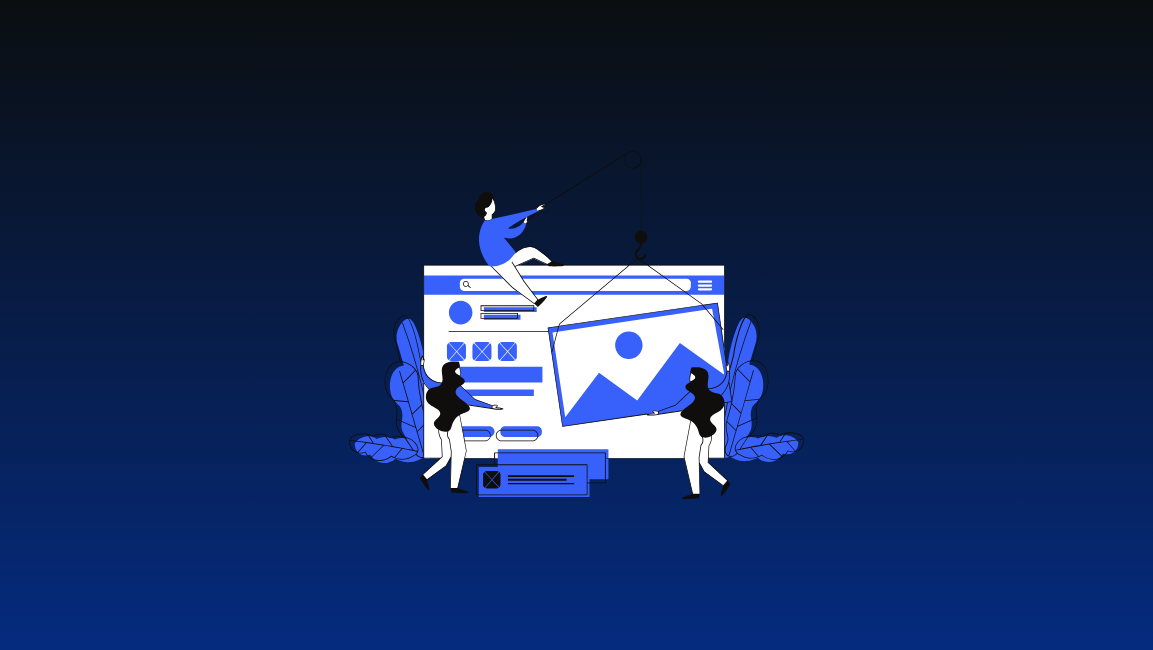Affiliate marketing is and always will be a popular marketing channel. That’s because of brand awareness and sales it brings at a low initial cost.
At its base, here’s how affiliate marketing works:
- Someone signs up for your affiliate program.
- They promote your products or services to their friends, family, and social circles to earn a commission on successful sales.
Why Affiliate Marketing Works?
There are many reasons why affiliate marketing works well. Some of the primary ones are:
- The affiliates get a commission on every customer they bring. Therefore, they enthusiastically advertise your product or service, especially if they like it.
- Typically, the customer also gets a discount if they use the affiliate’s link or coupon code.
- The affiliate’s word of mouth is powerful. Mark Zuckerberg sums it up perfectly: “People influence people. Nothing influences people more than a recommendation from a trusted friend. A trusted referral influences people more than the best broadcast message. A trusted referral is the Holy Grail of advertising.”
- New customers also become affiliates and form a type of growth loop.
Where Does Instagram Come Into The Equation — Why Instagram Affiliate Marketing?

Instagram is perhaps the most popular social media app across the globe. Over 1 billion people use Instagram, with an average user spending more than 53 minutes daily on the platform!
Running an affiliate program on Instagram means:
- You can theoretically reach over a billion internet users or online shoppers.
- People seeing the content (images or videos about your brand) from the affiliates likely trust the affiliates’ recommendations. Meaning, conversion rate and/or brand trust will be higher than any other marketing channel.
- There’s no limit to the number of people that can promote your brand. Everyone is an influencer — some have a hundred followers, some have a million. [Though your goal should be to get influencers with a good following to sign up.]
How To Find Affiliates On Instagram?
Only two types of users will sign up for your affiliate program:
1. Your customers: If someone bought from you and they think their followers (typically their friends and family) will like what you sell, they’ll want to share it. Consequently, they’ll sign up for your affiliate program. [Incentivizing sharing is the quickest way to motivate customers to share with as many people as possible.]
Quick Tip: Use the Social Snowball affiliate app (for Shopify) to create your affiliate program and auto-convert all the customers into affiliates. We eliminated all signing up hassles users had to go through while registering to an affiliate program made with traditional affiliate software.

2. Professional Instagram influencers: Instagram influencers are people or pages with a significant number of followers (typically fans). Generally, they charge a fee to promote anything. However, you can ask them to sign up as an affiliate and make commissions to compensate for a part of the fee. In other words, you can make influencer marketing performance-based marketing.
Your customers know your brand, so you don’t have to find them. However, most Instagram influencers won’t be aware of your product or service; hence, you’ll have to reach out to them.
These are the characteristics to look for when choosing an Instagram partner/affiliate:
1. Niche Relevancy
Is the person or page relevant to what I am selling? You need to answer this question first.
For example, Cristiano Ronaldo (with 300M+ followers) is the biggest influencer on Instagram. Him promoting Nike is relevant to his page, given that he is a sports star. However, if he tries to sell, say, women’s makeup, the impact won’t be the same. (Of course, he’ll sell more than most models out there, but you get the point.)
Here are a few tips for finding relevant Instagram influencers:
- Look through your followers. Many micro-influencers might already be following you.
- Leverage hashtags. Insta search niche-relevant hashtags to find related top posts. Then, reach out to everyone who might be interested in promoting your offerings.

For example, you can search #ketodietitan and contact popular nutritionists if you sell keto products.
- Stalk related brands’ affiliates. You can also look through the influencers that are affiliated with a related brand to yours. For example, this post’s under the dbrand page’s Tagged section:

Now, if we were selling something like a phone camera lens, it’s likely that this page’s audience is relevant.
- Use a service. There are many Instagram influencer platforms you can sign up with to find relevant pages and their contact info.
2. Follower Trust
How much do the page followers trust the page/person? Affiliate marketing works only if the followers trust the influencer. If a page has a million followers but no trust, it’s likely the conversion rate and brand trust transferred will be minuscule. For example, people follow meme pages for entertainment only — there’s very little trust-building activity involved.
You can roughly figure out “follower trust” by looking at their other posts’ comments, including the ones on previous promotion posts.
3. Genuine Engagement
A page can have a million followers but only 5,000 likes and 12 comments on the post. Therefore, it’s necessary to look through previous posts, especially the other #ad posts, to foresee the results you’ll get.
Many pages buy followers, use bot comments, and do anything to inflate numbers so that when a brand like yours reaches out, they can ask for the big bucks. Beware!
Related read: How to find affiliates
How to Set Up an Affiliate Marketing Program on Instagram
Before doing all the research to find quality influencers for Instagram affiliate marketing, set up an affiliate marketing program. There are only two steps:
1. Choosing an Affiliate Network
An affiliate network enables you to offer influencers a share of revenue generated by them. Typically, influencers get something called an “affiliate link” that they can put in their Insta bio or ‘Swipe up’ stories and ask the followers to use it to visit your site.
The affiliate network tracks that URL and compensates based on revenue generated by customers that came from that URL.
Some big companies have their private affiliate networks, but most find it practical to use an affiliate SaaS like Social Snowball for Shopify.
2. Setting Commission Rates
Your commission rates will decide whether or not the influencer is persuaded by your “we pay performance-based” offer.
Typically, affiliates prefer getting paid based on these three metrics: pay-per-click, pay-per-action, and cost-per-conversion.
All three work the way they sound.
- In the pay-per-click model, you pay the affiliate for every click on their affiliate link.
- In the pay-per-action model, the affiliate gets paid only if someone uses their link and performs the desired action. The action can be anything from signing up for your newsletter to following your Insta page.
- In the cost-per-conversion model, you pay the affiliate for every paying customer they bring.
Bottom line, you pay a % of what you make (using the cost-per-conversion model), or you’ll make eventually (using the pay-per-click or pay-per-action model). Generally, affiliate commissions range between 10% to 20% of the revenue the affiliate brings.
Conclusion
Finding niche-relevant influencers and filtering out pages with no trust or engagement is an overwhelming task. So is reaching out to the list of influencers, negotiating a deal, and asking people to sign up with your affiliate program.
Past that, it gets easier. You can use an affiliate app like Social Snowball to set up your affiliate program and decide on incentives for affiliates and their audiences. And then, just wait — for the snowball effect to start!




